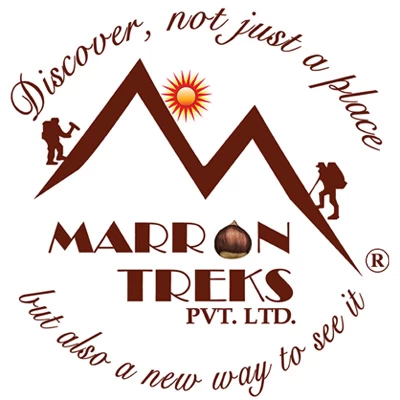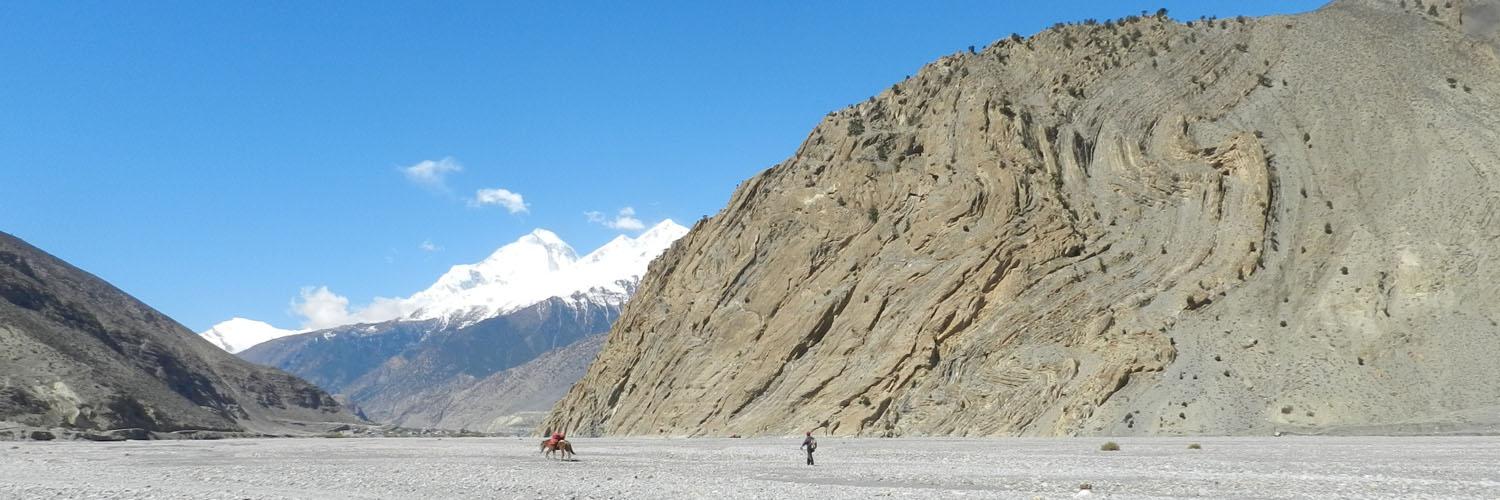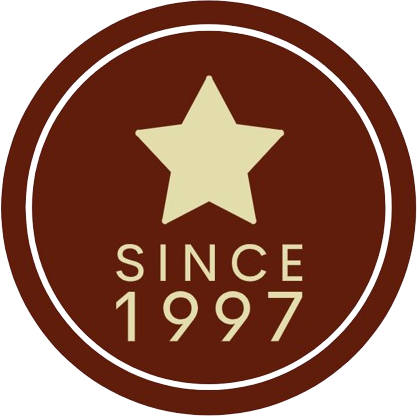1. What is the Upper Mustang horse riding trek?
The Upper Mustang horse riding trek is a unique and adventurous journey to the remote Upper Mustang region of Nepal, where you explore the stunning landscapes, ancient monasteries, and traditional Tibetan-influenced culture while riding on horseback.
2. How long does the Upper Mustang horse riding trek take?
The duration of the Upper Mustang horse riding trek takes 11 days to complete the trek.
3. What is the starting point of the trek?
The trek usually starts from the town of Jomsom, the gateway to the Upper Mustang region. Jomsom is accessible by a short flight from Pokhara.
4. Is horse riding experience required for the trek?
Horse riding experience is not necessary, but it can be helpful if you have some basic knowledge of riding. The local guides and handlers will assist you with the horses and provide the necessary instructions.
5. What is the best time to do the Upper Mustang horse riding trek?
The best time for the Upper Mustang horse riding trek is during the spring (March to May) and autumn (September to November) seasons. These months offer stable weather, clear skies, and pleasant temperatures, making the riding experience more enjoyable.
6. Are permits required for the Upper Mustang horse riding trek?
Yes, permits are required for the Upper Mustang horse riding trek, as Upper Mustang is a restricted region. The required permits include the Upper Mustang Restricted Area Permit and the Annapurna Conservation Area Permit (ACAP).
7. What are the highlights of the Upper Mustang horse riding trek?
The horse riding trek offers a range of highlights, including exploring the ancient walled city of Lo Manthang, visiting historic monasteries like Lo Gekar and Choser, witnessing the unique Tibetan-influenced culture and traditions, and enjoying the breathtaking landscapes of the high desert plateau.
8. What kind of accommodation is available during the trek?
Teahouses and lodges are available along the Upper Mustang horse riding trek route, providing basic accommodation and meals. The facilities may be more basic compared to popular tourist destinations, but they are sufficient for a comfortable stay.


